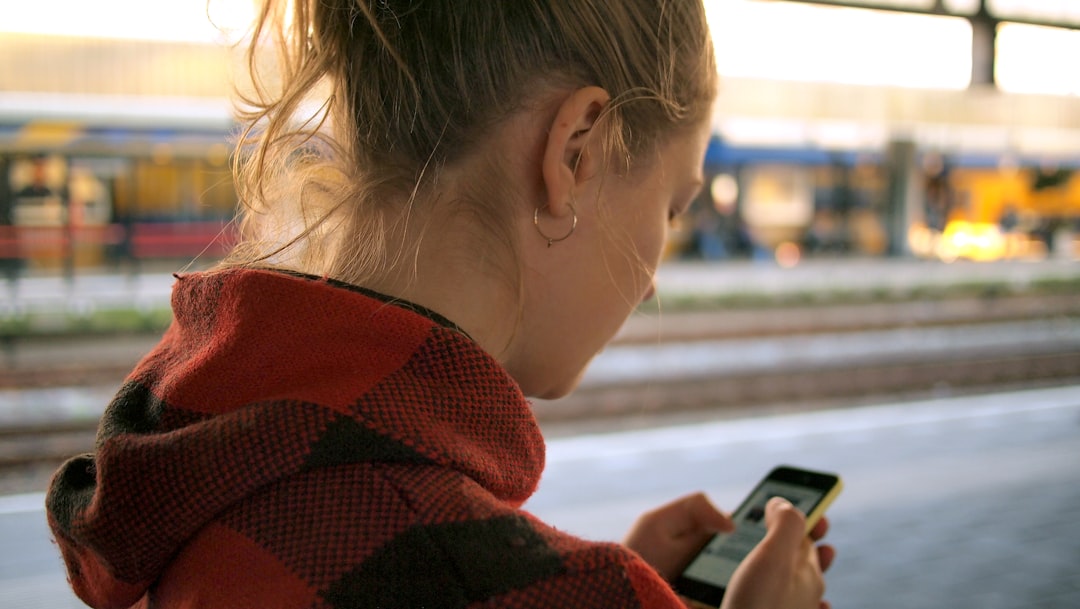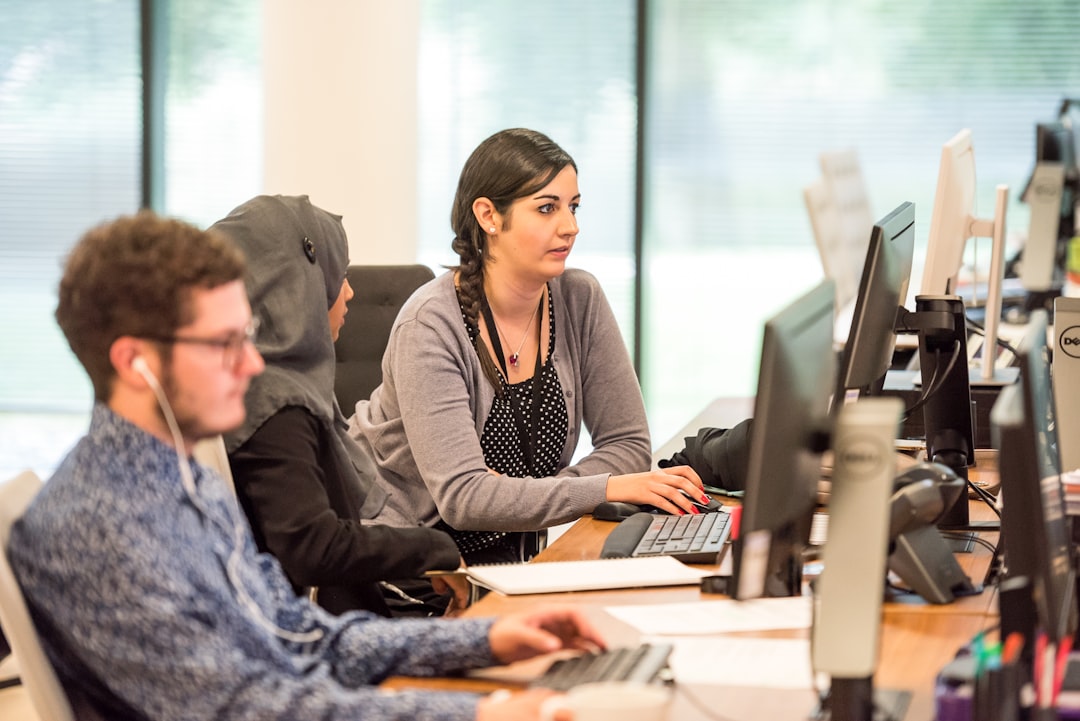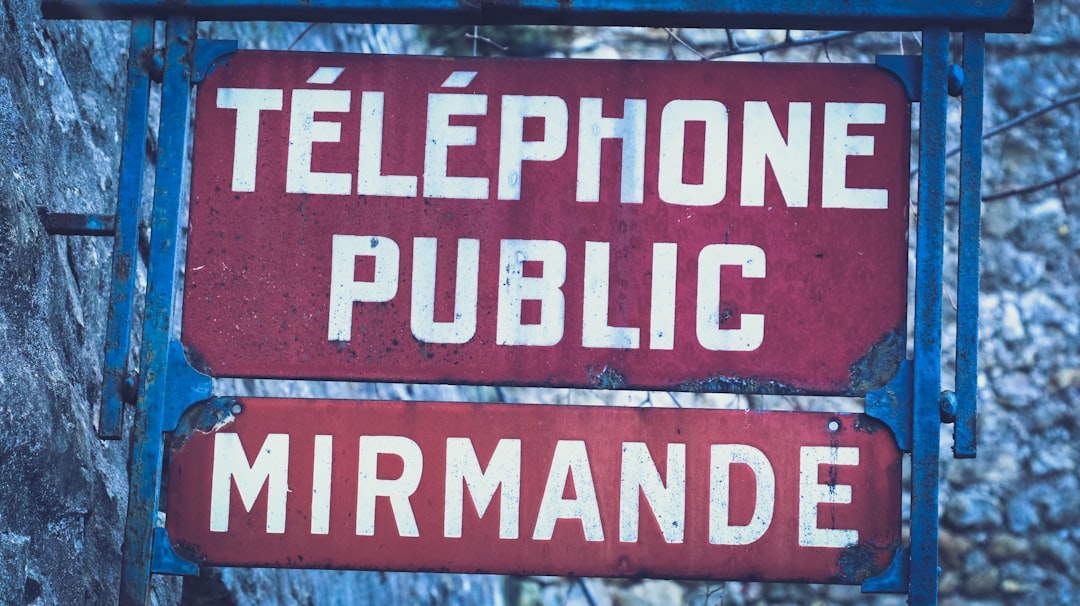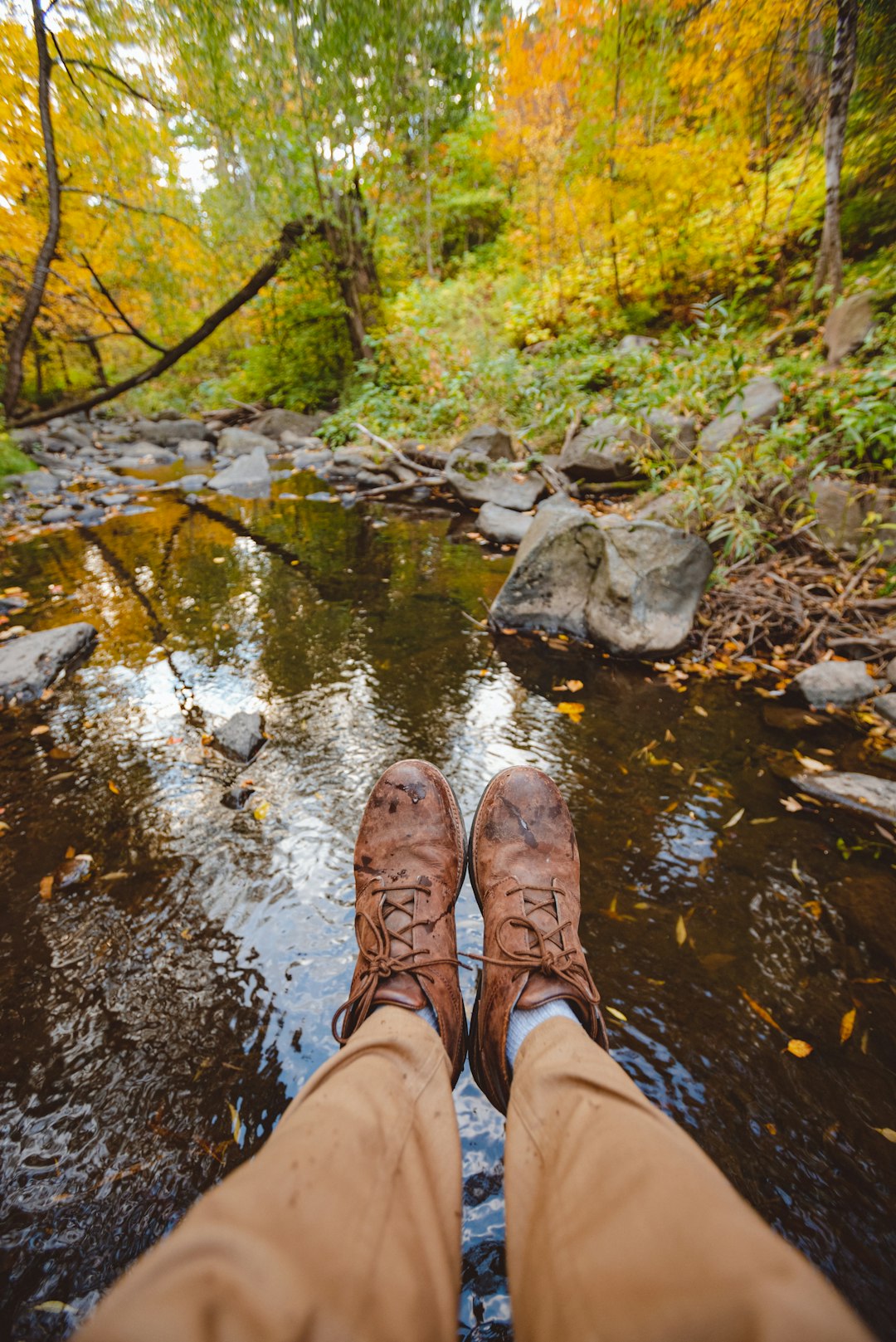Native Americans inhabited Minnesota for millennia, establishing complex societies with rich cultural exchange networks. Their knowledge of land management, medicine, and survival shaped a vibrant tapestry of languages, arts, music, and traditions that thrive today. Contemporary efforts to preserve and celebrate this heritage, from cultural events to museums, foster understanding and inclusivity, honoring the deep roots of Minnesota's diverse Native American communities.
Minnesota’s rich cultural heritage is deeply rooted in the diverse traditions of its Native American communities. Before European contact, these indigenous peoples thrived, shaping the state’s landscape and legacy. This article explores their enduring influence on Minnesota’s art, language, music, and customs. We delve into the historical perspective, highlighting ancient ways of life, and examine how these cultural contributions continue to thrive in contemporary society, where efforts to preserve and celebrate Indigenous heritage remain vital.
A Historical Perspective: Native Americans in Minnesota Before European Contact

Before European contact, Native Americans had inhabited what is now Minnesota for thousands of years, contributing to a rich cultural tapestry. These indigenous communities, including the Dakota, Ojibwe, and Menominee peoples, formed complex societies with deep roots in the land. They were skilled hunters, gatherers, and farmers, navigating the diverse landscapes and climate changes. Their knowledge of plants, medicine, and survival techniques was unparalleled, shaping their way of life and connection to nature.
The pre-contact era saw a thriving network of trade and cultural exchange among these tribes, as well as with other indigenous groups across North America. Artifacts, stories, and traditions traveled along established routes, fostering a vibrant and interconnected community. This historical perspective highlights the resilience and significance of Native American culture in shaping Minnesota’s identity long before European settlers arrived.
Cultural Contributions: Language, Art, Music, and Traditions Shaping the State

Native American cultures have left an indelible mark on the state of Minnesota, enriching its social fabric with diverse languages, artistic expressions, and musical traditions that continue to shape the region’s identity. The state boasts over a dozen Native American tribes, each contributing unique cultural elements that intertwine with the broader heritage of the land. For instance, the Anishinaabe people, whose territory once encompassed much of Minnesota, have shared their rich linguistic heritage, with languages like Ojibwe becoming integral parts of the state’s cultural tapestry.
Artistic endeavors also flourish through Native American influences, visible in the vibrant paintings, intricate beadwork, and traditional crafts that adorn galleries and museums across the state. Music, too, is a powerful medium of expression, featuring rhythms and melodies passed down through generations, reflecting the land’s spiritual connection to nature. These cultural contributions not only preserve ancient traditions but also foster a deeper understanding and appreciation for the rich history and diversity inherent in Minnesota’s Native American communities.
Contemporary Impact: Preserving and Celebrating Indigenous Heritage in Modern Minnesota

In contemporary Minnesota, efforts to preserve and celebrate Native American heritage have taken root, fostering a deeper understanding and appreciation for the rich cultural tapestry of the state’s indigenous communities. These initiatives range from cultural events and educational programs that highlight traditional arts, languages, and storytelling, to the establishment of museums and memorials dedicated to preserving historical narratives often overlooked in mainstream history.
Local tribes actively participate in these endeavors, ensuring their customs and knowledge are passed down to future generations. Through festivals, art exhibitions, and community gatherings, they share their unique perspectives, challenging stereotypes and promoting cultural pride. This ongoing celebration not only strengthens the bonds within indigenous communities but also encourages dialogue between diverse cultural groups, fostering a more inclusive and respectful society in Minnesota.






